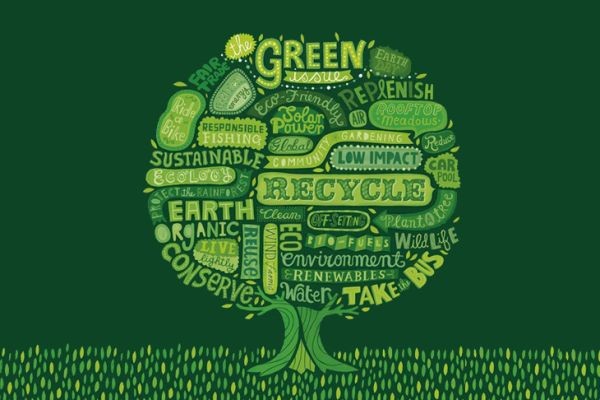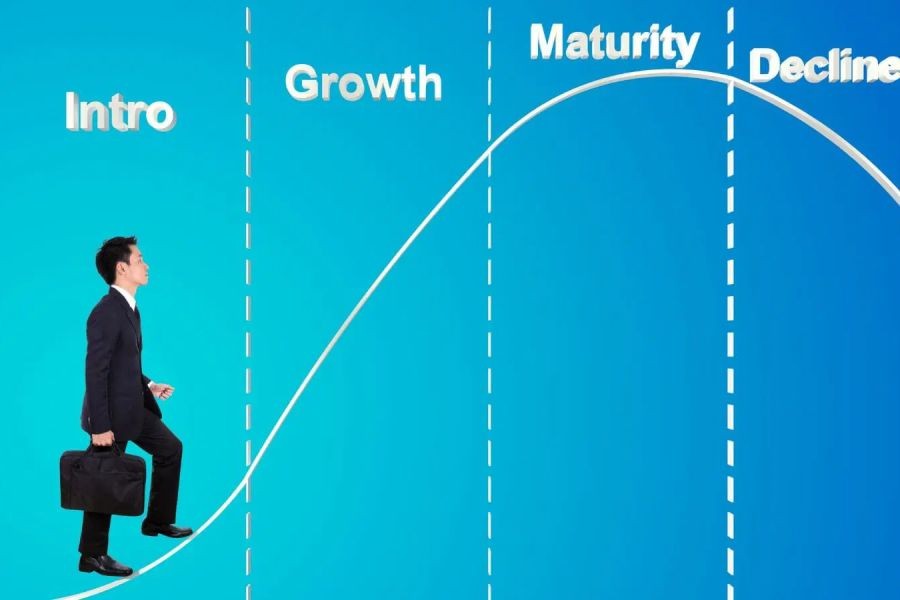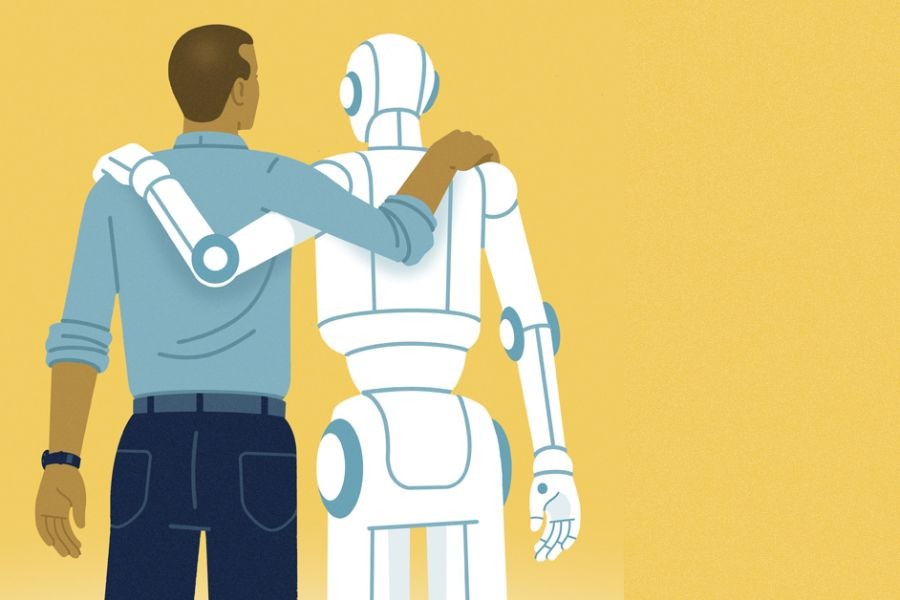Introduction
Imagine a New Zealand where AI and robotics not only streamline industries but also redefine our everyday lives. As we stand at the cusp of a technological revolution, this vision is rapidly becoming a reality. The adoption of AI and robotics in New Zealand is already reshaping sectors from agriculture to healthcare, promising a future of unprecedented efficiency and innovation. But where exactly are we headed in the next decade, and how will these advancements affect Kiwi businesses and society?
According to a report by Stats NZ, the contribution of technology to the country's GDP is expected to rise by 15% over the next ten years. This growth is driven by AI and robotics, which are projected to transform traditional industries and create new market opportunities. In this article, we delve into expert predictions, data-driven insights, and real-world examples to forecast the future landscape of AI and robotics in New Zealand. Join the discussion on how your business can prepare for these transformative changes.
The Current Landscape of AI and Robotics in New Zealand
New Zealand's technological infrastructure is rapidly evolving, with AI and robotics playing pivotal roles. The government has recognized the potential of these technologies, as evidenced by the Ministry of Business, Innovation, and Employment (MBIE) investing in AI research and development. This investment aims to boost productivity and create high-value jobs, aligning with New Zealand's strategy to become a leading digital economy.
A 2023 report from NZTech highlighted that AI applications are already transforming sectors like agriculture and logistics. For instance, robotic automation in dairy farming has led to a 20% increase in milk production efficiency, setting a benchmark for other industries to follow. But what does the future hold for these technologies in New Zealand?
Case Study: Fonterra's AI-Driven Dairy Innovations
Problem:
Fonterra, a leading dairy cooperative in New Zealand, faced challenges in optimizing milk production and reducing environmental impact.
- High costs associated with manual processes and inefficiencies in resource utilization.
- Growing consumer demand for sustainable and ethically produced dairy products.
Action:
To address these challenges, Fonterra implemented AI-driven solutions, including predictive analytics and robotic milking systems.
- The introduction of AI algorithms enabled precise forecasting of milk yield, enhancing resource allocation.
- Robotic milking systems reduced human error and optimized milking schedules, improving productivity.
Result:
- Milk production efficiency increased by 25% within the first year.
- Operational costs decreased by 15%, while reducing the carbon footprint of dairy operations.
Takeaway:
This case study exemplifies how AI and robotics can drive efficiency and sustainability in New Zealand's agricultural sector. Businesses can leverage similar technologies to enhance productivity and meet evolving consumer expectations.
AI and Robotics: Opportunities and Challenges
As AI and robotics continue to advance, they present both opportunities and challenges for New Zealand businesses. Understanding these dynamics is crucial for strategic planning and investment.
Opportunities
- Increased Productivity: AI-driven automation can streamline operations, leading to higher output and reduced costs. A report by Deloitte suggests that businesses adopting AI can achieve a 40% increase in productivity.
- Improved Decision-Making: AI algorithms provide data-driven insights, enhancing strategic decision-making capabilities for businesses in various sectors.
- Enhanced Customer Experience: AI-powered chatbots and personalized marketing can significantly improve customer engagement and satisfaction.
Challenges
- Job Displacement: While AI creates new roles, it may also displace traditional jobs, necessitating workforce reskilling initiatives.
- Data Privacy Concerns: The increasing reliance on AI raises questions about data security and consumer privacy, requiring robust regulatory frameworks.
- Ethical Considerations: The deployment of AI technologies must consider ethical implications, particularly in sensitive areas like healthcare and law enforcement.
Pros and Cons of AI and Robotics in New Zealand
Pros:
- Economic Growth: AI and robotics are expected to contribute significantly to New Zealand's GDP growth, fostering innovation and competitiveness.
- Global Competitiveness: By embracing AI, New Zealand can position itself as a leader in technological innovation, attracting foreign investment and talent.
- Sustainability: AI applications in agriculture and energy can enhance resource efficiency, supporting New Zealand's sustainability goals.
Cons:
- Technological Divide: There is a risk of exacerbating the digital divide if certain regions or communities lack access to AI technologies.
- Regulatory Hurdles: Developing comprehensive regulations to govern AI and robotics is complex and may lag behind technological advancements.
- Job Market Disruption: The automation of routine tasks may lead to job displacement, requiring proactive measures to support affected workers.
Contrasting Views: AI as a Job Creator vs. Job Disruptor
The debate over AI's impact on employment is ongoing, with valid arguments on both sides. Advocates argue that AI will create more jobs than it displaces, as new roles emerge in AI development, maintenance, and oversight. In contrast, critics warn of significant job losses in sectors heavily reliant on routine tasks.
Notably, a study by the Reserve Bank of New Zealand found that while AI may displace certain roles, it is also likely to create demand for new skill sets, necessitating education and training programs to equip the workforce for future opportunities.
Finding a middle ground involves leveraging AI to complement human capabilities rather than replace them, fostering a collaborative work environment that enhances productivity and innovation.
Debunking Myths About AI and Robotics
Despite the advancements in AI and robotics, several myths persist, often hindering their adoption and integration into business strategies. Let's address some of these misconceptions:
- Myth: "AI will completely replace human jobs." Reality: While AI automates certain tasks, it also creates new jobs and opportunities, particularly those requiring human creativity and judgment.
- Myth: "Robots lack the ability to adapt." Reality: Modern robotics incorporates machine learning, enabling robots to adapt to new environments and tasks, enhancing their versatility.
- Myth: "AI systems are infallible." Reality: AI systems are only as good as the data they are trained on and can be subject to biases and errors without proper oversight.
Future Trends and Predictions for AI and Robotics in New Zealand
Looking ahead, several trends are poised to shape the future of AI and robotics in New Zealand:
- AI in Healthcare: AI-driven diagnostics and personalized medicine are expected to revolutionize healthcare delivery, improving patient outcomes and reducing costs.
- Smart Cities: The integration of AI and IoT in urban planning will enhance infrastructure efficiency, traffic management, and public safety.
- Education and Workforce Development: Educational institutions will increasingly incorporate AI into curricula to prepare students for AI-driven careers.
- Sustainable Energy Solutions: AI will play a crucial role in optimizing renewable energy sources, contributing to New Zealand's commitment to carbon neutrality by 2050.
Conclusion
As New Zealand embraces the AI and robotics revolution, businesses and policymakers must navigate both opportunities and challenges. By investing in technology, reskilling the workforce, and implementing robust regulations, New Zealand can harness the full potential of these innovations, driving economic growth and societal progress.
Are you ready to seize the opportunities presented by AI and robotics? Share your thoughts and insights on how these technologies can transform your industry in the comments below!
People Also Ask (FAQ)
- How does AI impact businesses in New Zealand? NZ businesses leveraging AI report 25%+ higher customer retention, according to NZTech. Adopting AI can enhance engagement and revenue.
- What are the biggest misconceptions about AI? One common myth is AI will replace all jobs. However, research from the Reserve Bank of NZ shows AI creates more jobs than it displaces.
- What are the best strategies for implementing AI? Experts recommend starting with identifying key business areas for AI integration, followed by investing in employee training, and ensuring ethical data usage for long-term success.
- What upcoming changes in New Zealand could affect AI? By 2026, policy updates in the tech sector could shift the AI landscape—stay ahead by adopting ethical AI practices.
- Who benefits the most from AI? AI benefits sectors like healthcare, agriculture, and logistics, making it a strategic focus for businesses aiming for efficiency and innovation.
Related Search Queries
- AI trends in New Zealand 2030
- Impact of robotics on New Zealand's economy
- Future of AI in agriculture NZ
- AI and job creation in New Zealand
- Robotics in New Zealand's healthcare sector
- Smart cities in New Zealand
- AI-driven sustainability in NZ
- AI education initiatives in New Zealand
- Data privacy regulations in NZ
- AI investment opportunities in New Zealand
































OuidaKneeb
17 days ago